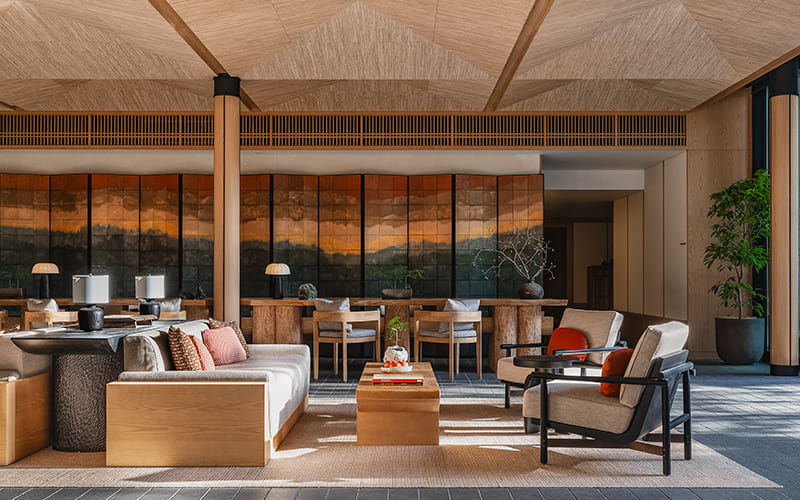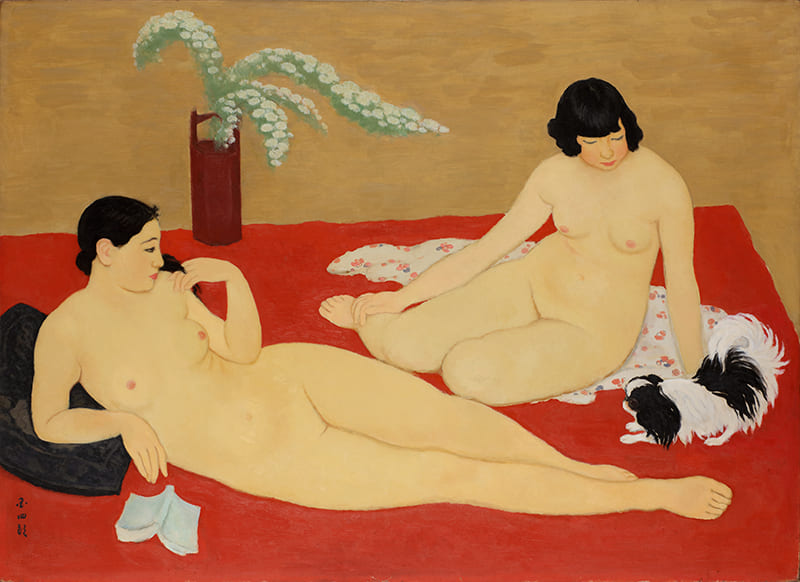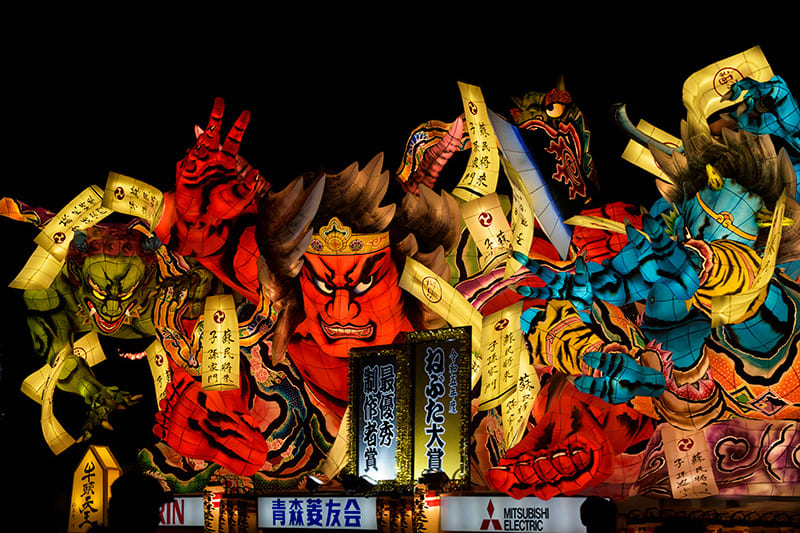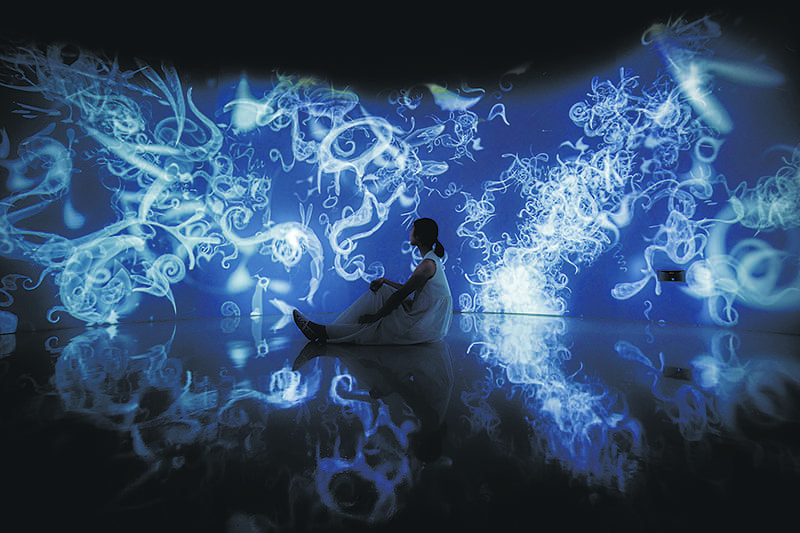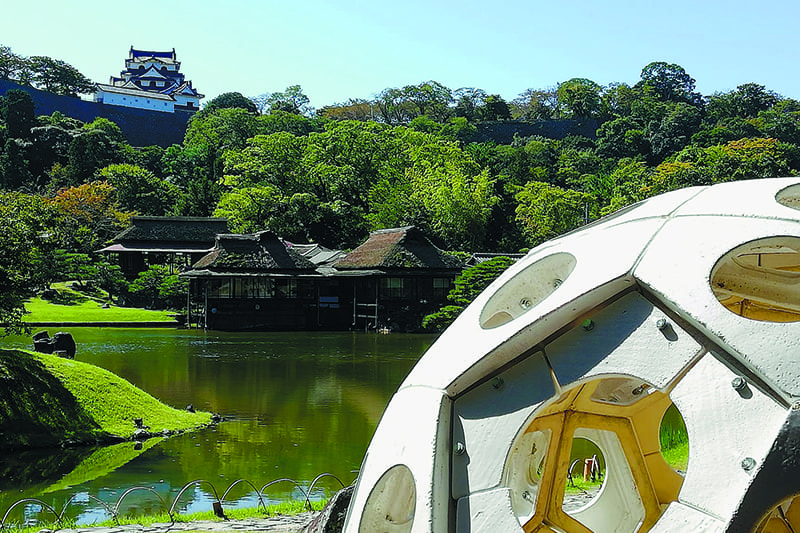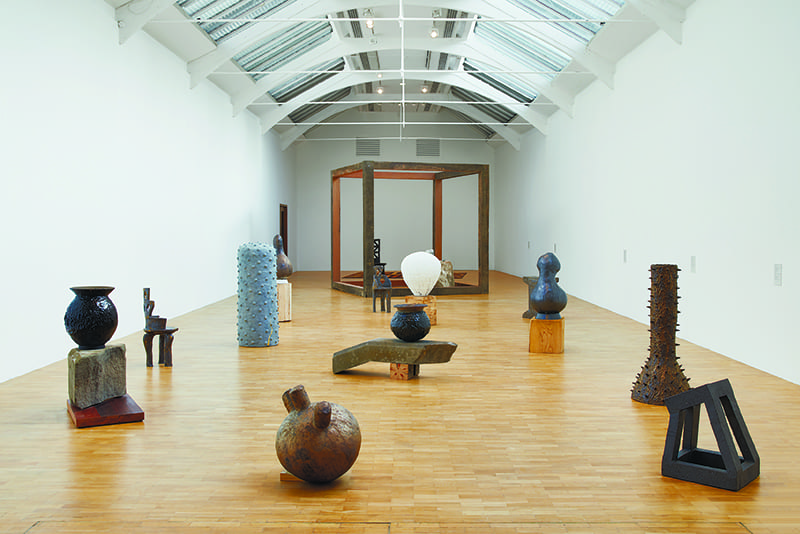September 27, 2021
Two art festivals bring viewers to their senses in nature
TRAVEL
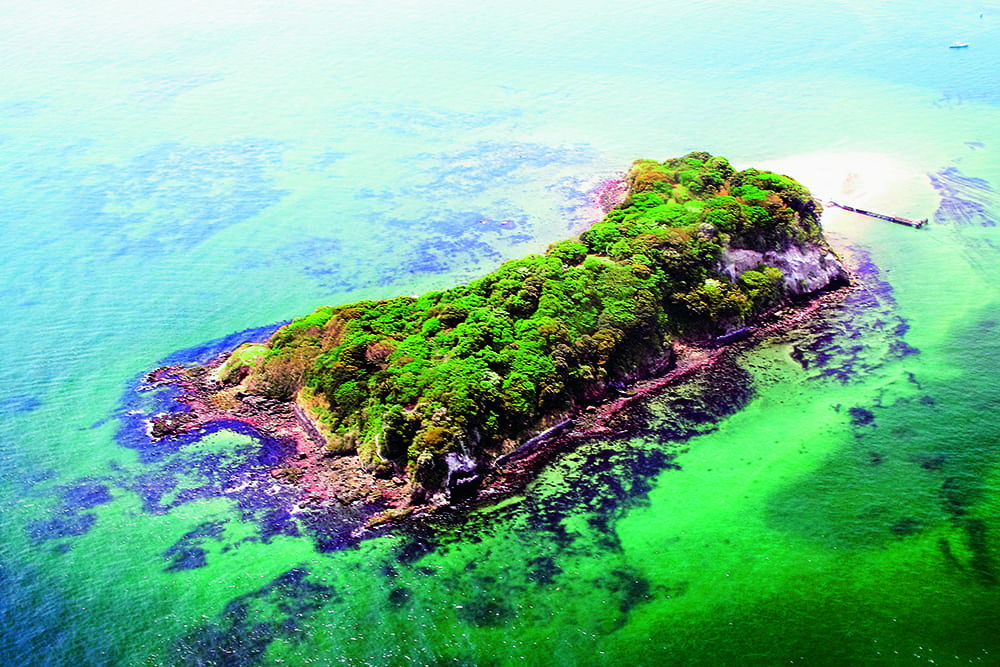
COURTESY: SENSE ISLAND SARUSHIMA DARK MUSEUM 2021
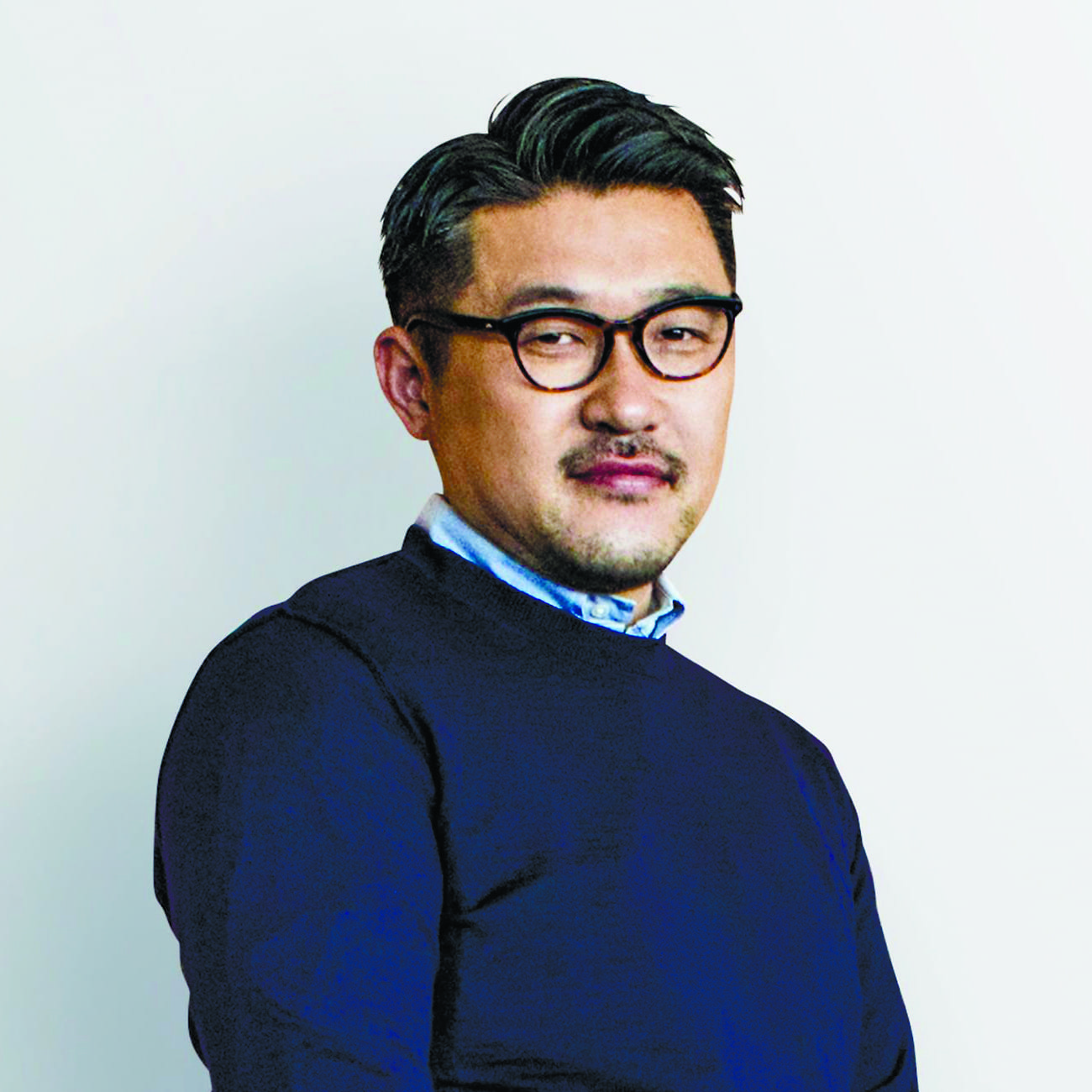
This autumn, two art festivals produced by creative director Seiichi Saito will offer ideal opportunities to take a close look at the natural environment and its sustainability.
The first is Sense Island. Launched in 2019, this art festival is held on Sarushima, an uninhabited island located off the port of Yokosuka in Kanagawa Prefecture. After taking the night ferry to the island, visitors turn off their mobile phones to sharpen their senses and attune them to the sounds of Sarushima as they make their way around the island. “Through the senses of sound, vision and touch, I’d like people to gain a new awareness of the fact that humans are part of a great ecosystem, like other living creatures,” said Saito. “My hope is that, on this island located at a remove from the city, they will relearn the importance of trusting their human senses rather than just relying on technology.”
The second event is Okuyamato Mind Trail: Museum in Your Mind, an art festival held deep in the mountains of Nara Prefecture. Following its launch in 2020, the festival’s second edition will take place this year. Here too, visitors will walk through three areas (including a World Heritage Site) for up to five hours per area. With a principal focus on the appreciation of magnificent nature, rather than on famous artists or flashy spectacle-style creations, the aim is to hold an event uniquely suited to this age of “social distancing.” Saito said, “I’d like to create an art festival in which Okuyamato’s natural features and the artists’ philosophies coexist, and works of art function as a lens for perception.” This is why he feels that nature, which far surpasses human understanding and technology, should have the starring role.
These art festivals, both of which place people in the middle of natural settings, will undoubtedly promote awareness of the fact that the relationship between the environment and human beings has already reached a point of no return. “The worldwide COVID-19 crisis has become an occasion for us to recognize that human beings are animals whose lives depend on the environment,” said Saito. “Because of this virus, we’ve started thinking about things in a philosophical way even as we go on with our daily lives. Art can serve as a medium connecting two phenomena of different dimensions. It can also be a lens through which to see and consider things, or a telescope that enables us to think about a vision for the future.” In both festivals, sensing the power of plant life and evidence of animal life encountered while looking for works of art scattered through an outdoor space undoubtedly takes a great deal of energy in itself; but by the time they have become tired from walking, visitors may also have gained an awareness — through senses and thought processes they rarely use — that nature is an irreplaceable creation, just as a work of art is. Real, first-hand experiences that we throw ourselves into and appreciate to the fullest will surely help us on the way to action for a new era.
Sense Island: Sarushima Dark Museum 2021
Sarushima is a small uninhabited island located 10 minutes by ferry from Yokosuka and only about 90 minutes from Tokyo. A circuit around the island takes about 40 minutes on foot. Set on Sarushima, this festival takes place in the dark of night, starting at sunset on weekends. Festival visitors are required to turn off their mobile phones before arriving on the island. Sarushima is known for its war ruins, including the remains of gun batteries from the Meiji Era, and members of the public were not allowed on the island until after the end of World War II. As a result, the island’s natural plant and animal habitats have remained untouched and unchanged. The only sounds on the island are comfortable sounds not heard in the city — waves, plants swaying in the wind, the scurrying of small animals. The artists featured in the festival — including Kazuto Imura, Shun Onozawa, Koichiro Kutsuna, Yasuaki Kakeh, Seiichi Saito, Tohru Nakazaki, Miyu Hosoi, Mamoru and Yuko Mori — will show works that incorporate the environment and darkness of Sarushima.
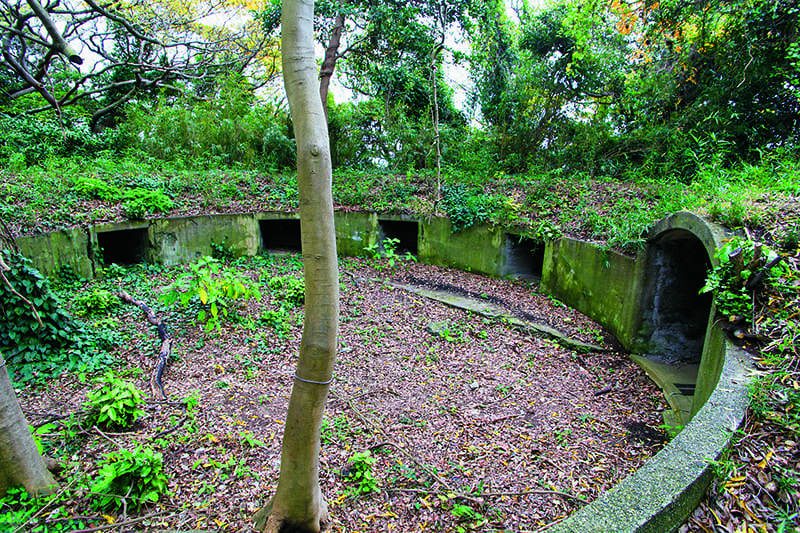
COURTESY: SENSE ISLAND SARUSHIMA DARK MUSEUM 2021
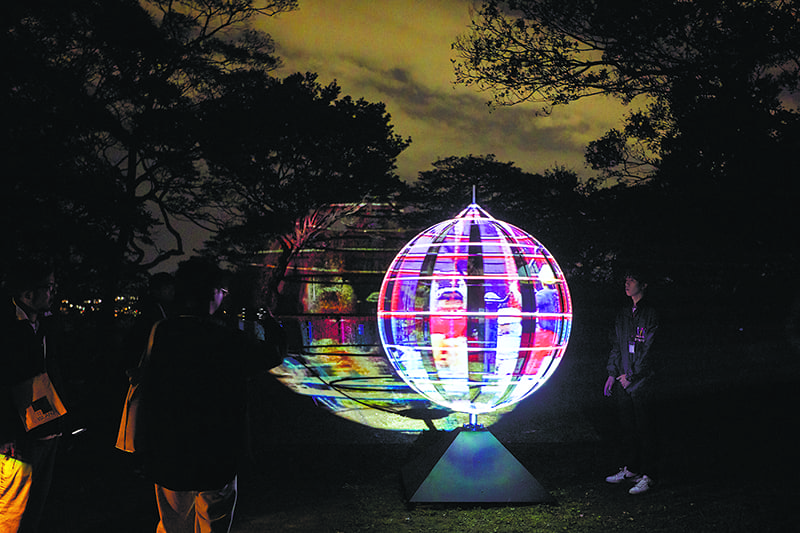
PHOTO: NAOMI CIRCUS
(Fridays/Saturdays/Sundays/public holidays)
Festival sites open at sunset.
Locations: around Sarushima
https://senseisland.com
Okuyamato Mind Trail: Museum in your mind
The majestic natural landscape of Nara Prefecture’s Okuyamato region is the star of this art festival, which aims to provide opportunities to experience the region’s captivating beauty through the five senses. In Yoshino, known as a World Heritage Site, a culture rooted in Japan’s ancient worship of nature has been handed down through time. Tenkawa is a district famed for its beautiful waters. In Soni, a chain of mountains rises above rock formations. A walking course three to five hours long has been planned in each of these three areas of Okuyamato, based on the respective themes “forest” (Yoshino), “water” (Tenkawa) and “land” (Soni). We have deployed artists with strong connections to Nara and the Mind Trail project (which was launched last year) as curators for the three areas, and visitors will have the chance to appreciate and experience works of art while surrounded by nature. This year’s festival will also feature events spanning all three areas and offer opportunities to get to know more of the region’s attractions, for example by staying for multiple days and visiting nearby sights.
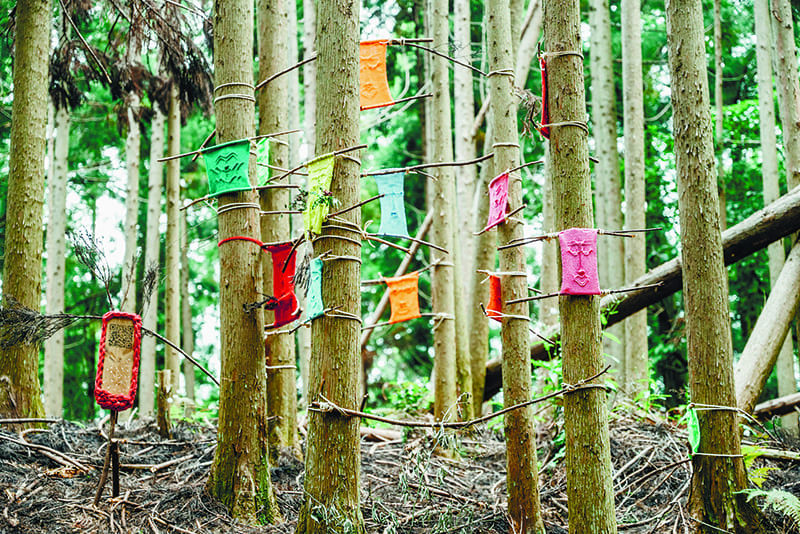
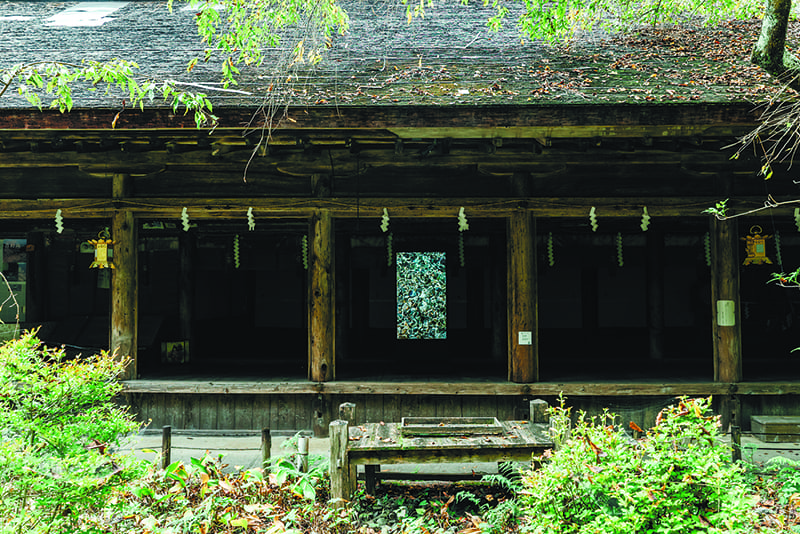
Above: “Wildlife,” by Saki Chikaraishi, station No. 17 on the trail. Below: “Minamo,” by Senzo Ueno, the 13th stop.
COURTESY: OKUYAMATO MIND TRAIL — MUSEUM IN YOUR MIND 2021
PHOTO : YUTA TOGO
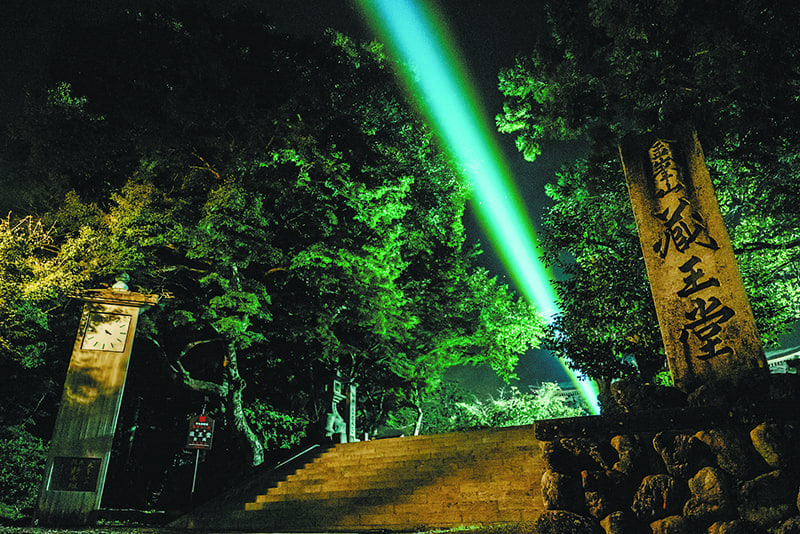
Locations: Town of Yoshino and villages of Tenkawa and Soni, Nara Prefecture
https://mindtrail.okuyamato.jp
自然と哲学が共鳴し合うこの秋の2つの芸術祭。
クリエイティブディレクターの齋藤精一がプロデュースする2つの芸術祭は環境問題に向き合う絶好の機会となる。
神奈川県横須賀市の無人島・猿島を舞台とする芸術祭「Sense Island 感覚の島 暗闇の美術島」では、週末の夜フェリーで島に渡り、携帯をオフにして、島で聴こえる自然や作品の「音」だけに感覚を研ぎ澄ませる。「MIND TRAIL 奥大和 心のなかの美術館」は世界遺産を含む奈良県の広大なエリアを徒歩で巡る芸術祭。主役は、雄大な自然そのものだ。奥大和の自然とアーティストの哲学が共生し、アートが気づきのレンズとして機能することを目指すこの試みは、人との距離を十分にとったウィズコロナ時代ならではのアートイベントでもある。
環境について多様な文脈の議論が飛び交う昨今、自然のなかに身を置くことに特化した芸術祭は、普段あまり使わない感覚と思考を通して、環境と人類の関係性がもはや後戻りできない状況にあることを伝えるきっかけとなるだろう。
Return to Sustainable Japan Magazine Vol. 4 article list page

